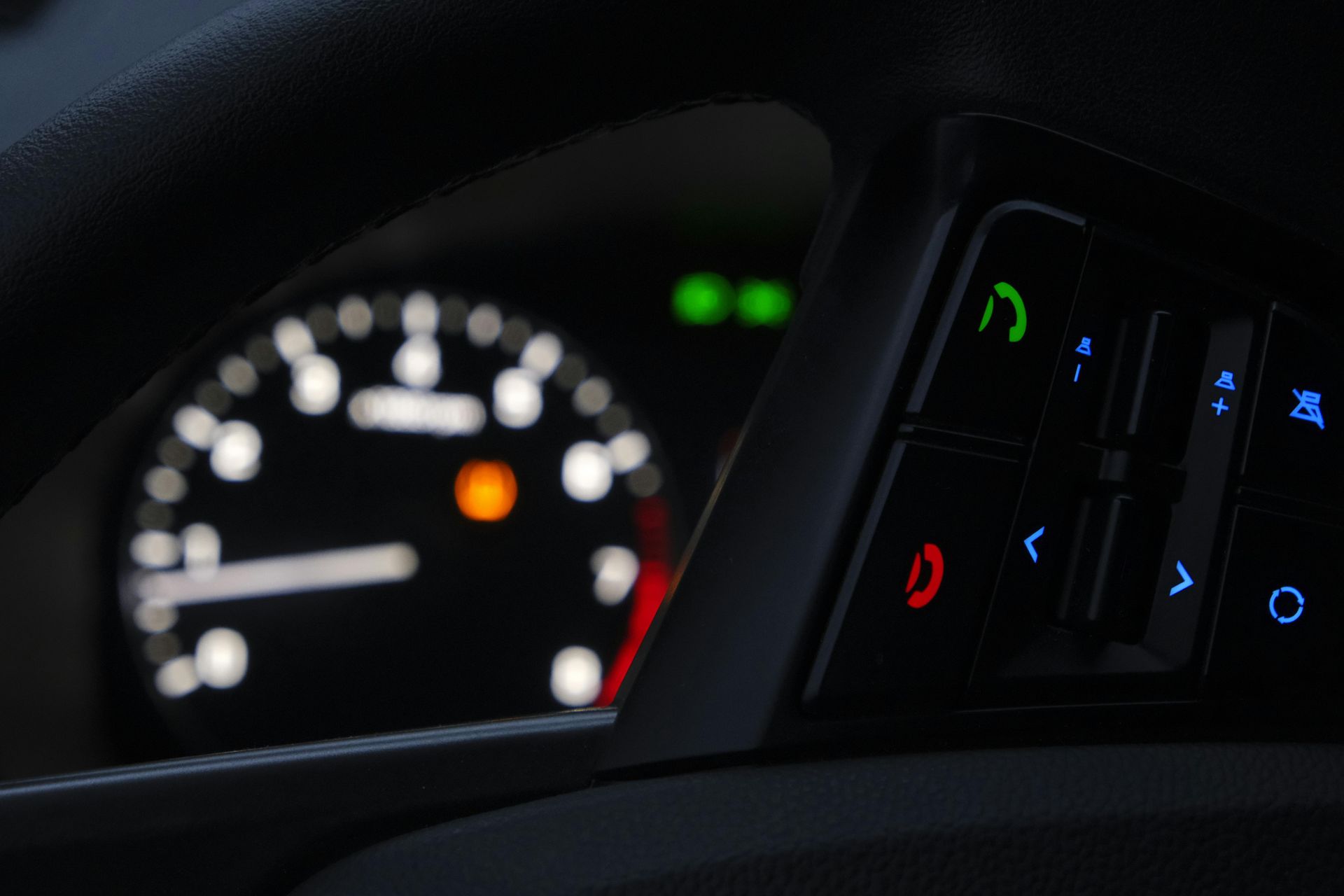Understanding Your Car's Warning Lights
Understanding Your Car’s Warning Lights: What They Mean and What to Do

Every driver has experienced the sudden illumination of a warning light on their car’s dashboard. These small icons can be confusing and, at times, alarming — but they’re essential to keeping you safe on the road. Understanding your car’s warning lights can help you react quickly, prevent costly repairs, and maintain your vehicle’s performance.
What Are Car Warning Lights?
Car warning lights are dashboard indicators designed to alert you about the status of your vehicle’s systems. They can signal anything from a minor issue, such as low windshield washer fluid, to critical problems like engine failure. Most modern vehicles have a standardized set of warning lights, but the exact icons and colours may vary depending on the make and model.
Why You Should Never Ignore Warning Lights
Ignoring warning lights can lead to serious mechanical damage, decreased fuel efficiency, or even accidents. Prompt attention to these alerts can save you money and keep your car running smoothly.
Common Car Warning Lights and Their Meanings
1. Check Engine Light (Malfunction Indicator Lamp)
The most well-known warning light, the check engine light, indicates an issue with the engine or emission control system. It could be triggered by problems like a loose gas cap, faulty oxygen sensor, or engine misfire. If this light flashes, it’s crucial to stop driving immediately to avoid damage.
2. Oil Pressure Warning Light
This light signals low oil pressure, which can quickly harm your engine if not addressed. Stop your vehicle as soon as safely possible and check the oil level. If the oil level is fine, have your vehicle inspected by a mechanic.
3. Battery/Charging Alert
When the battery warning light comes on, it means there’s an issue with the charging system. Your car might run on battery power alone, but it will eventually lose charge. Have your alternator, battery, and electrical system checked.
4. Brake Warning Light
This indicates a problem with the braking system, which could range from low brake fluid to worn brake pads or a more serious brake system failure. Do not ignore this light — your safety depends on reliable brakes.
5. Tire Pressure Monitoring System (TPMS) Light
This light alerts you when one or more tires are significantly underinflated. Proper tire pressure improves fuel efficiency, tire longevity, and overall safety.
6. Coolant Temperature Warning Light
If this light comes on, it means the engine temperature is too high. Overheating can cause severe engine damage, so stop driving and let the engine cool before checking coolant levels.
What to Do When a Warning Light Comes On
- Don’t Panic: Stay calm and assess the situation.
- Check Your Owner’s Manual: It contains detailed information about each warning light.
- Assess Urgency: Some lights, like the check engine light, might allow you to drive to a service centre, while others, like the oil pressure light, require immediate attention.
- Pull Over Safely: If the light indicates a serious issue, stop driving to avoid further damage.
- Get Professional Help: When in doubt, consult a certified mechanic.
Tips for Maintaining Your Vehicle and Preventing Warning Lights
- Regular Maintenance: Stick to your car’s service schedule.
- Check Fluids Frequently: Oil, coolant, brake fluid, and transmission fluid.
- Monitor Tire Pressure: Use a reliable gauge to keep tires inflated properly.
- Address Issues Promptly: Don’t delay repairs or ignore alerts.
Final Thoughts
Your car’s dashboard warning lights are your first line of defence against vehicle problems. Learning to recognize and respond to these signals can save you money, prevent breakdowns, and keep you safe on the road. Always refer to your vehicle’s manual and consult professionals when needed.
Legal Disclaimer:
The information provided in this article is for general informational purposes only and does not constitute professional automotive, legal, or safety advice. While we strive to offer accurate and up-to-date content, we make no warranties or guarantees regarding the completeness, reliability, or suitability of the information. Readers should consult a certified mechanic or relevant professional before taking any action based on this content. Under no circumstances shall we be held liable for any damages, losses, or legal claims arising from the use or misuse of the information presented here.



